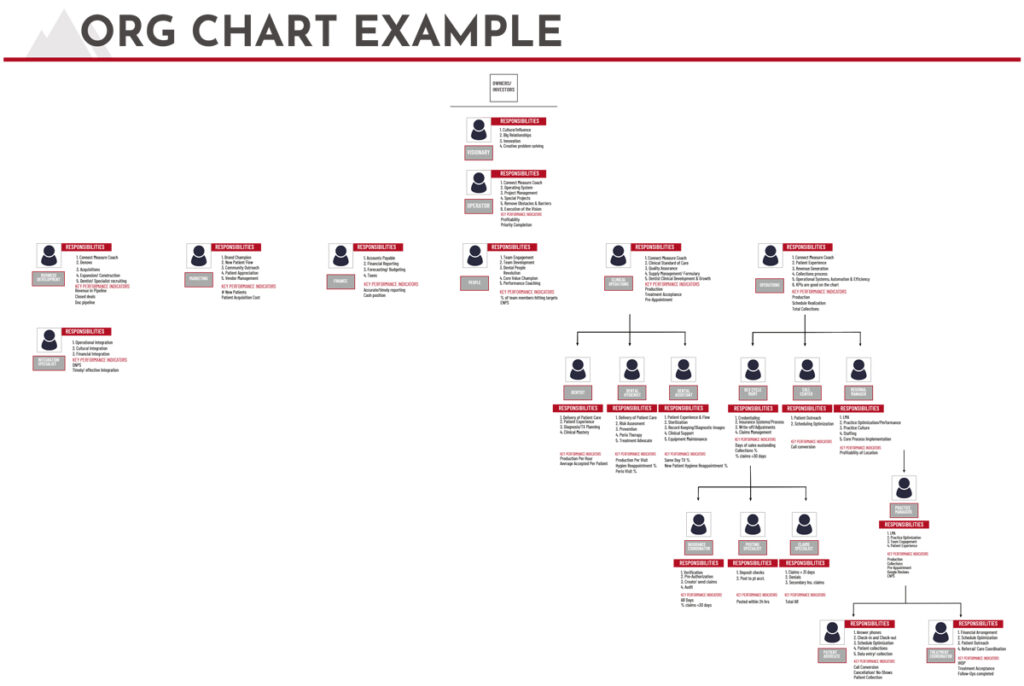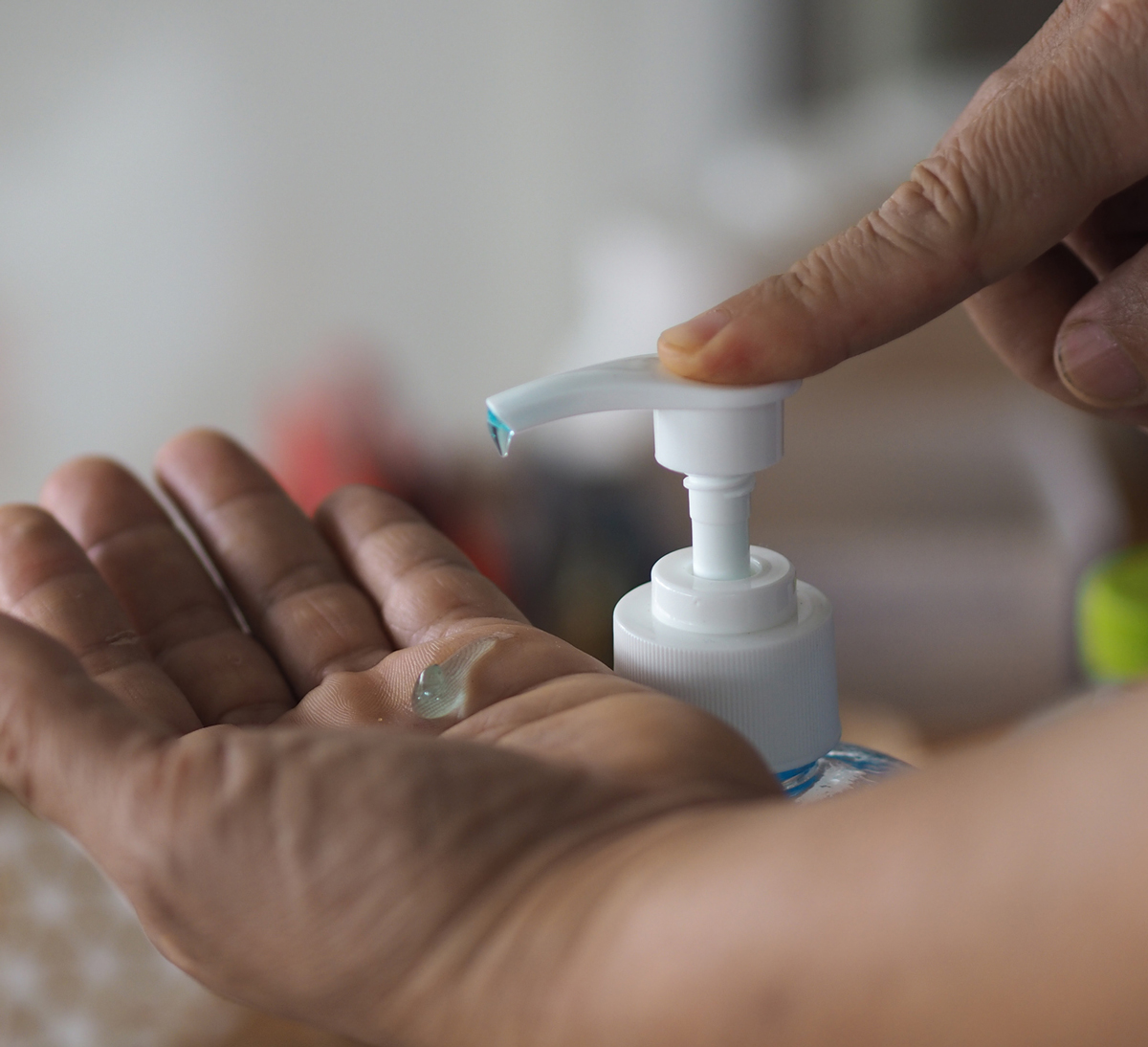How gaining clarity into your organizational structure will propel your business forward.
Every business requires a certain semblance of structure, from top to bottom. In fact, structure and order can help to drive productivity and revenue for any business in any industry. That’s why organization charts are such a critical part of the equation. Organization charts are graphic representations of the structure of an organization showing the relationship between the positions within the organization.
Establishing and implementing an org chart for your business is the key to ensuring that your business is put in the best position to grow and thrive in a dynamic and challenging environment. Org charts are particularly important for the industry, as many doctors lack the business acumen to run their practices like a business. An org chart would clearly define the roles and responsibilities of each person, solidifying the structure and workflow.

Why org charts are important
Businesses need an org chart for clarity and accountability. We cannot drive accountability without clarity, and an org chart will provide the structure and organization that is necessary to effectively run your business. A good org chart includes departments, positions, the roles and responsibilities of each, and key performance indicators (KPIs).
An org chart will help your business to plan for future growth and expansion, while working as a map to help guide you into a better, more profitable future. Without an org chart, it can feel like we are walking through mud. Your teams will spend a ton of energy and time without the results to show for it. The lack of accountability will make operations much more difficult: tasks will fall through the cracks, there will be duplicate work, and there will be a greater chance for conflict and frustration within your team.
A good org chart can determine whether your team members are working in the best roles for the organization, ensuring that the right people are in the right seats. When we appropriately and logically divide the responsibilities to the right people with total clarity, they can drive results. For those in your organization who will have direct reports, it’s important to make sure that they are equipped to manage and engage those people to help them grow in their roles as well. Using CMC (Connect, Measure, Coach), you can build an effective and trusting relationship that will allow for feedback on a regular basis.
Perhaps most importantly, a good org chart can help business leaders and owners sleep at night. Many owners and leaders are doing things that would be a better fit for another role, which could free those leaders to focus on how the company can continue to grow and impact the industry. They will know with confidence that the most critical areas of their business are being covered and watched over by the most capable people.
How to implement an org chart
Part of the challenge of working with an org chart in your dental organization is building and implementing it so that it’s most effective for your team. Remember, these are intended to bring clarity and accountability to your dental organization. Here are some best practices when it comes to implementing an org chart:
• Build it the right way – First and foremost, you need to take the time to build it the right way. Make sure that your current or incoming leadership team is involved in the process. Take a “structure first, people second” approach to building your org chart. When you invest the time into getting the structure right, it will pay off down the road.
• Live in the structure – After the structure is established, it’s important to spend some time living in the structure that you’ve spent all this time building. Through this process, you can A/B test and put pressure on the structure to make sure that it will hold up for your daily operations.
• Finish the chart – After you’re sure the structure is sound and the leadership team is set, finish building the chart for the next layer of your organization. If possible, you can also build out the chart for the rest of your organization so that everyone is on the same page.
• Roll out with good communication – Once your org chart is ready, it’s time to launch it with a solid plan of communication. Help your team to understand the value of the org chart, who can answer their specific questions, how the chart can benefit them and what they should be using it for.
• Review it often – Implementation requires constant review of your org chart. There will be plenty of obstacles and challenges that will force you to make edits along the way. The org chart is a living, breathing document. It should fluctuate and change as your organization evolves.





